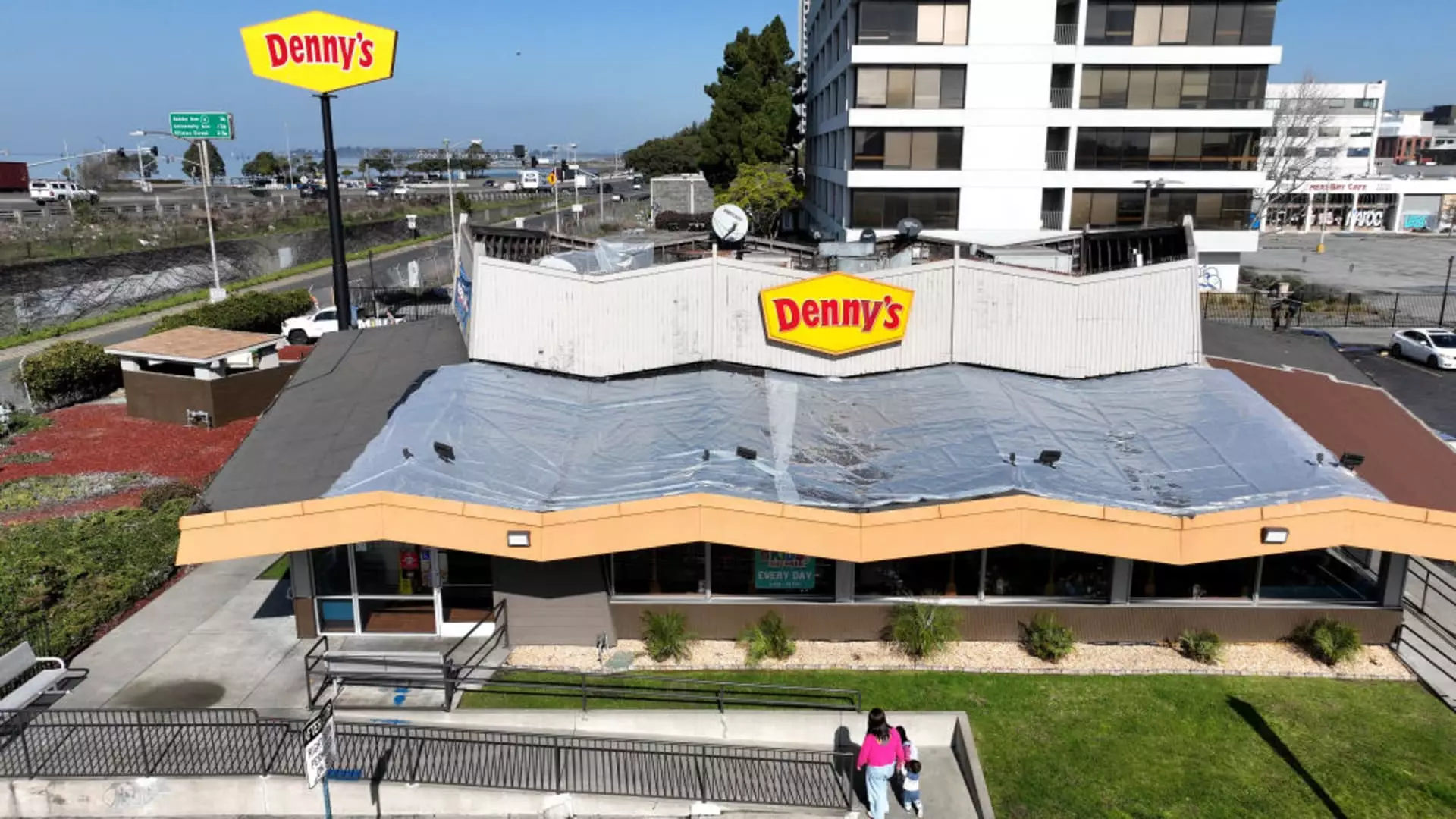The restaurant industry faced unprecedented challenges in 2024, leading to widespread closures of underperforming locations as companies sought to adapt to changing consumer habits and economic pressures. This article delves into the factors contributing to the decline of the restaurant sector, the pivotal responses from various chains, and the broader implications for the industry moving forward.
The financial landscape in 2024 presented numerous obstacles for the restaurant industry, primarily driven by inflation that had consumers tightening their wallets. The increasing costs of goods and services handed consumers a hefty deterrent from dining out, resulting in an overall decline in visits to restaurants across the United States. According to data from Black Box Intelligence, the number of restaurant visits decreased significantly during the first ten months of the year. This downturn can be attributed to evolving consumer preferences; shoppers were leaning towards value and discounts, choosing budget-friendly dining options over splurging on full-service restaurants.
The crisis became more severe as the economic fallout prompted 26 restaurant companies to file for Chapter 11 bankruptcy protection in 2024, a staggering figure that is nearly three times the number of filings during the height of the pandemic in 2020. This spike in bankruptcies underscores the dire straits in which many chains found themselves and highlights the challenges that have pervaded the restaurant sector since the Great Recession.
As economic pressures mounted, consumer habits shifted away from traditional casual dining experiences to faster and more convenient options, exemplified by fast-casual chains like Chipotle and Sweetgreen. These brands not only prioritized efficiency but also positioned themselves as healthier alternatives, winning over diners who previously frequented more traditional sit-down restaurants. This trend compounded the struggles for casual dining chains, which have experienced diminishing traffic and sales in the face of mounting competition.
Chains that previously thrived in a different era are now grappling with a changing landscape. The widespread adoption of fast-casual dining reflects both a change in consumer demand and the inability of many older establishments to adapt to this new model. The result has been a pressing need for restaurant operators to reassess their value propositions and find new ways to attract customers.
In a bid to streamline operations and optimize revenue potential, several prominent chains executed mass closures in 2024. Wendy’s, for example, announced some drastic measures, revealing plans to close 140 locations, building on previous closures earlier in the year. This consolidation strategy stemmed from a need to eliminate underperforming restaurants, particularly those generating only about $1 million in annual unit volume.
Similarly, Dine Brands, the parent company of Applebee’s and IHOP, planned to close 25 to 35 Applebee’s locations after enduring six straight quarters of declining same-store sales. This shift highlights the struggles even well-established brands face when customer engagement wanes.
Furthermore, Denny’s initiated a strategy that includes closing about 50 locations in 2024 and an additional 100 planned by 2025. This decision arises from ongoing challenges in maintaining sales amid stiff competition and an evolving market. Executives have expressed optimism that closures could enhance overall performance, leading to a net new opening of 45 to 50 locations each year post-2025.
The filing for bankruptcy protection by chains like TGI Fridays and Red Lobster epitomizes the crisis within the sector. TGI Fridays closed 86 restaurants, shedding its footprint just before filing for Chapter 11 in November. Red Lobster followed suit, permanently closing over 120 locations prior to its bankruptcy filing in May. Such drastic moves reflect not only the economic challenges these brands face but also the pressing need to adapt or face extinction in an increasingly competitive marketplace.
These closures raise critical questions about the operational viability and long-term sustainability of casual dining establishments. As chefs and restaurateurs contemplate their futures, they must weigh the balance between tradition and innovation, focusing on how to win back disillusioned consumers amid an evolving dining landscape.
As 2024 concludes, the restaurant industry is at a crossroads, grappling with the dual pressures of a shifting economic landscape and changing consumer preferences. While chains are closing their doors, some are adapting to the newfound realities of a highly competitive sector. For operators, the path ahead may involve reinventing their concepts and learning to operate in an environment that prioritizes value, efficiency, and quality. As the industry recalibrates, the lessons learned from this tumultuous year could serve as the foundation for future recovery and growth, emphasizing the necessity for innovation as they navigate the uncertain road ahead.



Leave a Reply